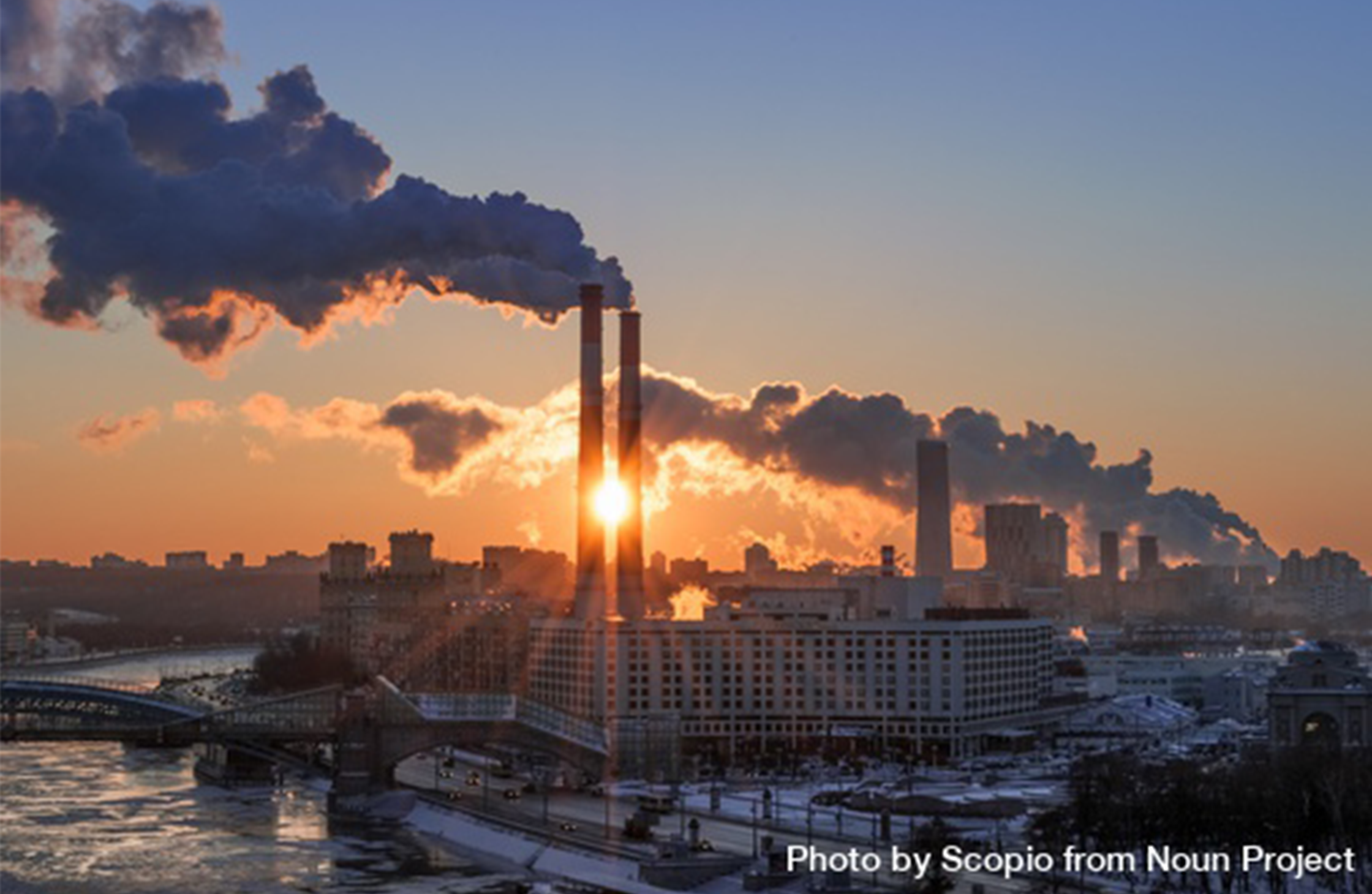Over the last six months, I’ve discussed some big issues that could be addressed if the Republican party implodes in November: restoring justice, income inequality, sustainability, and ecosystem health.
But what if it doesn’t implode? What if Democrats hold onto the Presidency in November, regain control of the House, and retain the Senate but only by a slim majority? Without a super majority such as Barack Obama had when he was elected President, aggressive legislation that targets restoring justice, reducing income inequality, embracing sustainability, and supporting ecosystem health will not be feasible.
But I would argue that passing at least carbon fee and dividend legislation would be possible, if not likely, after the November election. I’ll present that argument next month. For now, I’d like to address to what extent carbon fee and dividend legislation would address those big issues, above and beyond climate change.
Recall that carbon fee and dividend legislation would put a steadily increasing national price on the carbon content of fossil fuel, and return an equal share of all net revenue to every legal resident of the U.S. To drive global carbon pricing, it would include a carbon border adjustment, which essentially puts a tariff on imports of goods produced in countries without an equivalent price on carbon. Since the U.S. is a major importer, all countries we trade with would have an incentive to price carbon, and U.S. manufacturers would have an incentive to continue to manufacture in the U.S.
In the January 2024 issue of Tumbleweird, I argued that a carbon fee and dividend is a form of climate justice, because it makes polluters pay the victims of their pollution, which is almost everyone because even those not directly impacted by climate change still must pay higher taxes and insurance premiums that compensate those directly impacted by climate disasters and air pollution.
Although a carbon price is not an income tax, wealthy people tend to emit more carbon, so they would pay more in carbon fees. Almost all low income people would receive more from their monthly carbon dividend than they’re paying in carbon fees, while the wealthiest families would pay much more than they receive. So, a carbon fee and dividend policy helps reduce income inequality, even though it doesn’t actually target income.
Although a price on carbon only targets fossil carbon, it is a preferable climate policy with respect to sustainability because it encourages conservation much more so than a climate policy, such as the Inflation Reduction Act, signed into law in 2022, that relies on subsidies. More importantly, it helps establish the principle that the polluter pays, which is the gateway to the principle of replacement cost — the economic foundation of sustainability.
To the extent that the stability of the carbon dioxide concentration is vital to the health of ecosystems, an effective carbon fee and dividend policy would, by driving down the carbon emissions causing global warming and ocean acidification, promote ecosystem health. Indeed, Audubon Washington partnered with Citizens Climate Lobby in advocating a carbon tax initiative for Washington State, and national Audubon advocated the Market Choice Act, which would put a national price on carbon.
So, by passing carbon fee and dividend legislation (which in the past has had Republican as well as Democratic support), we can make progress on a variety of economic and environmental issues that we care about… in any political landscape.
Next month I’ll describe a pathway for passing carbon fee and dividend legislation.
Steve Ghan leads the Tri-Cities Chapter of Citizens Climate Lobby.
Hero Image: Factory with polluted air at sunset by Scopio from Noun Project (CC BY-NC-ND 2.0)


